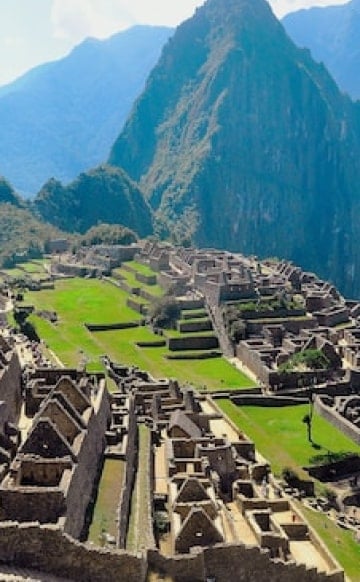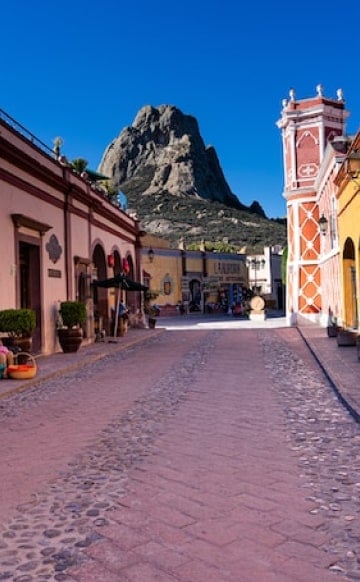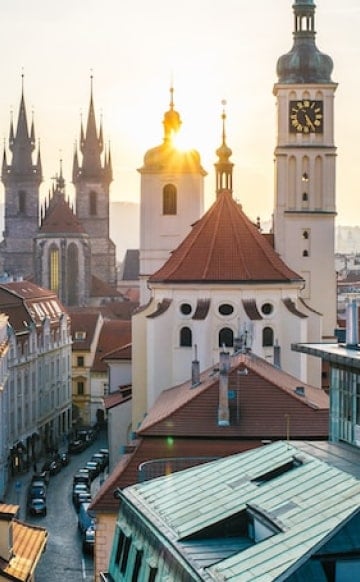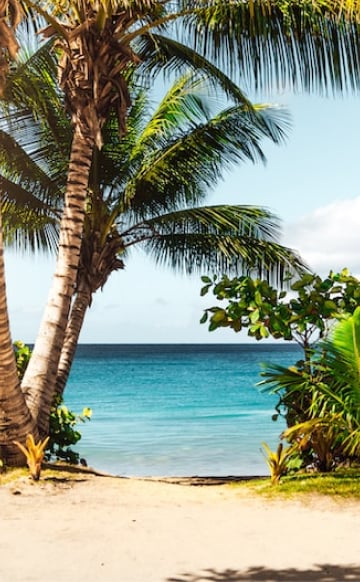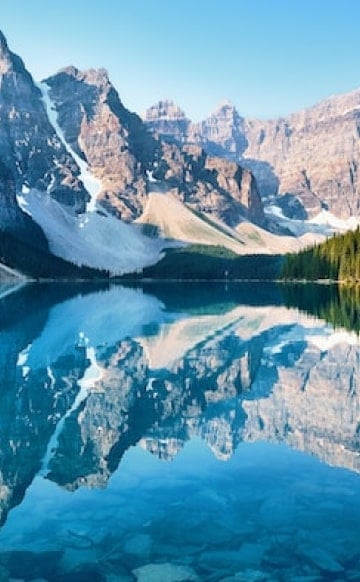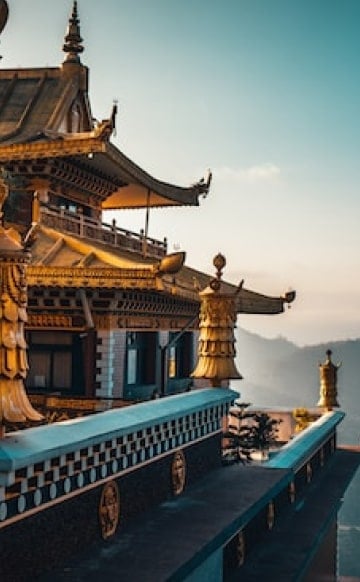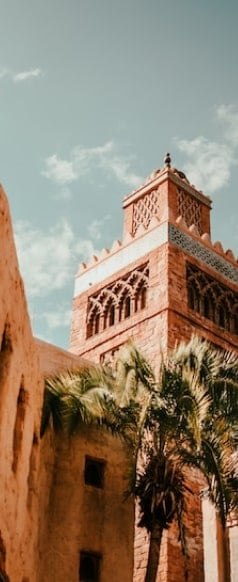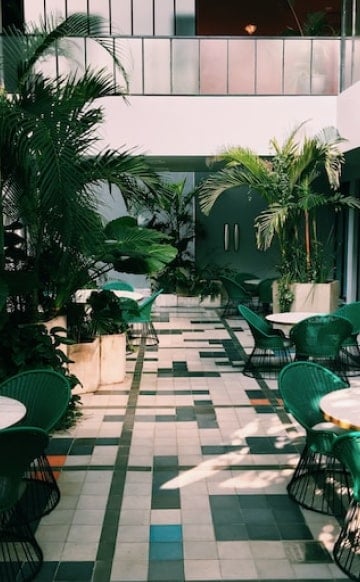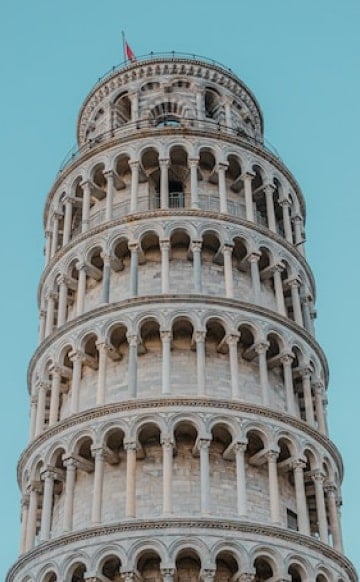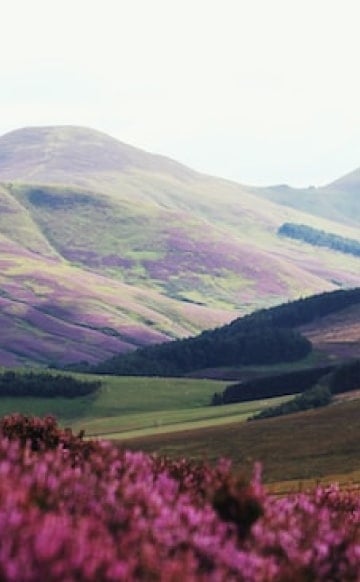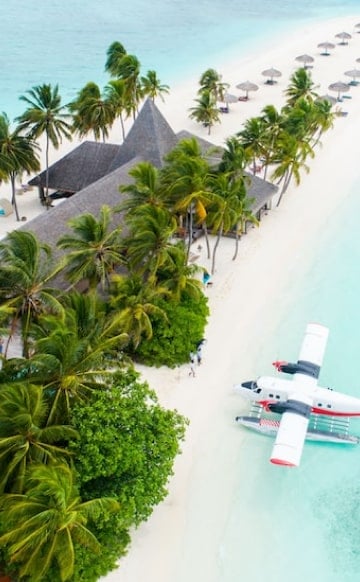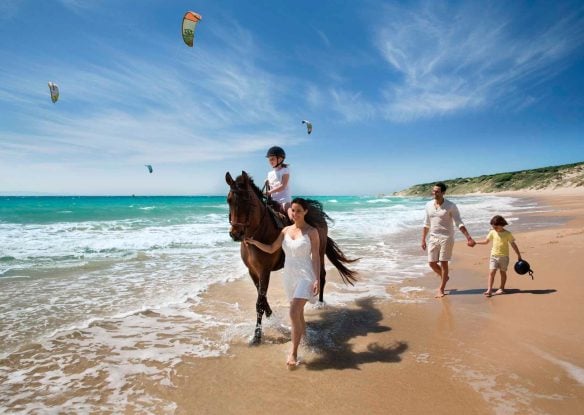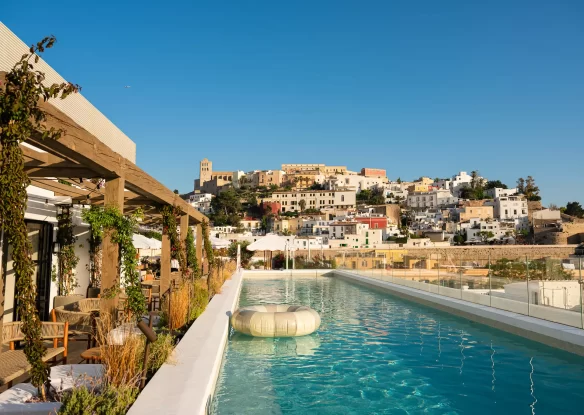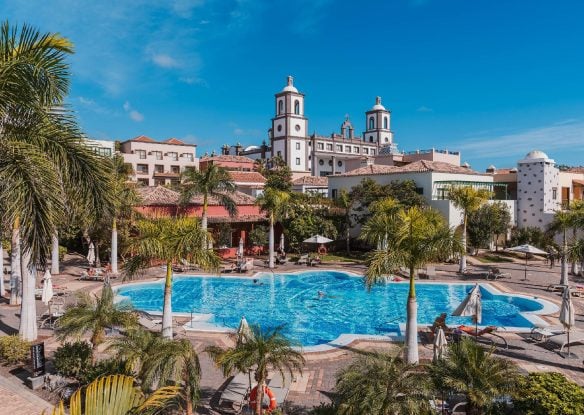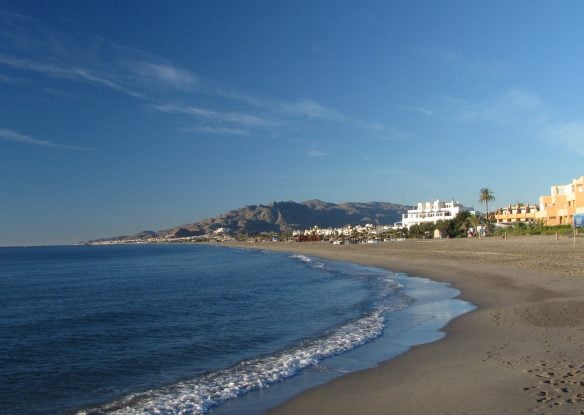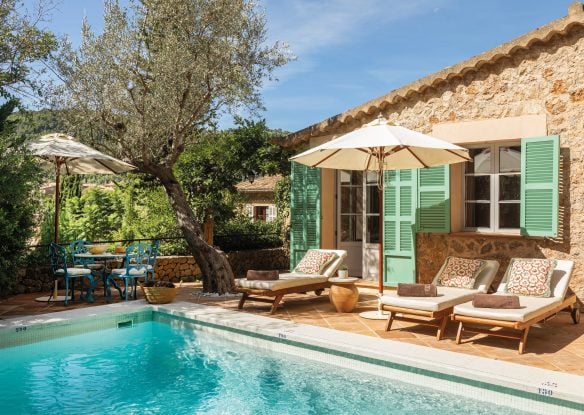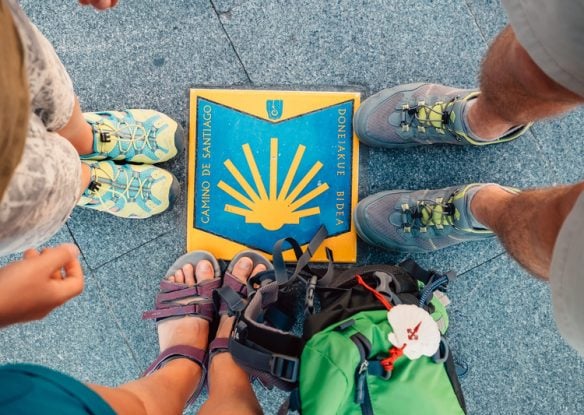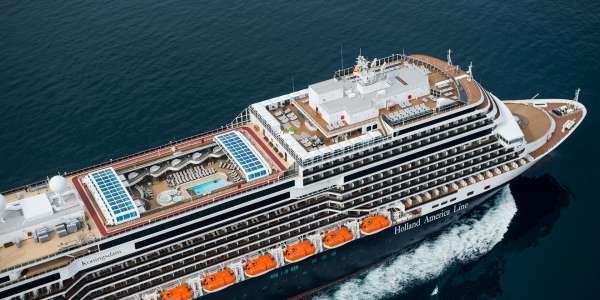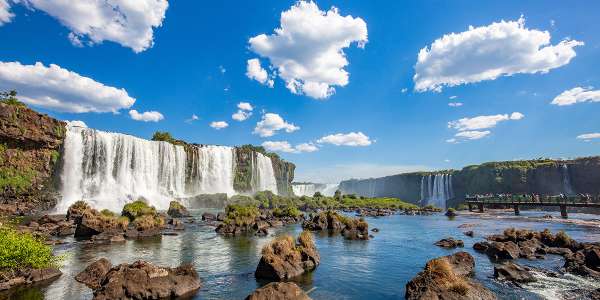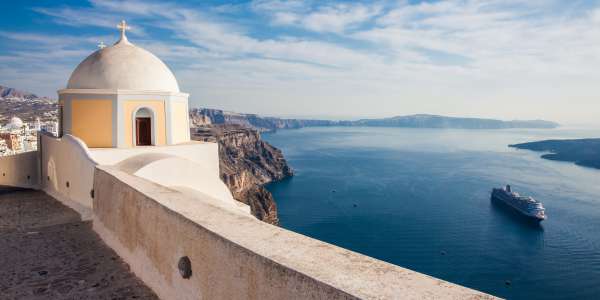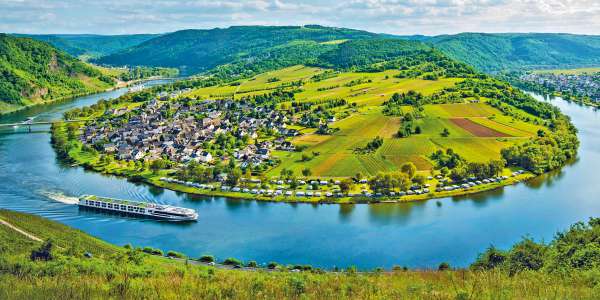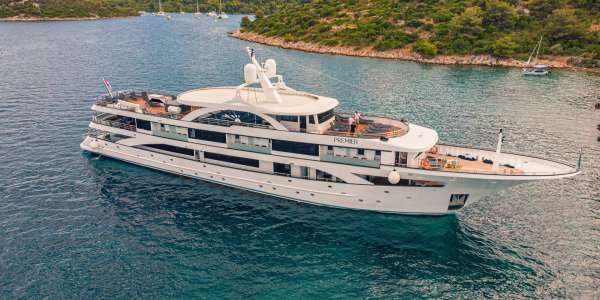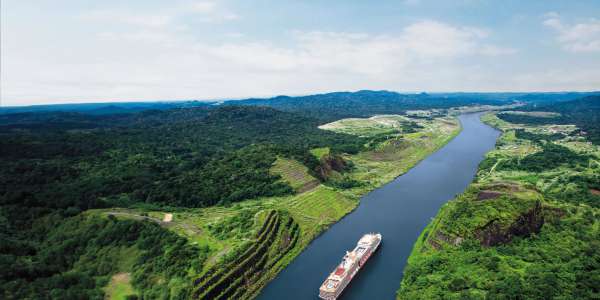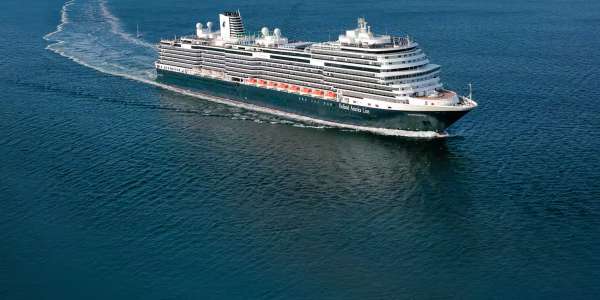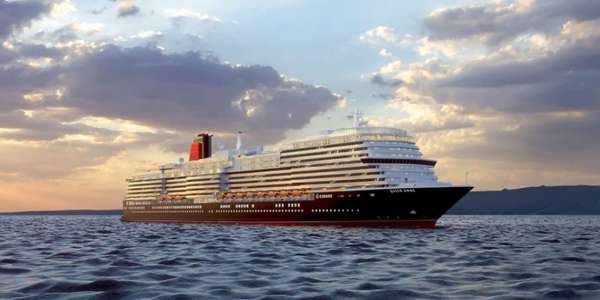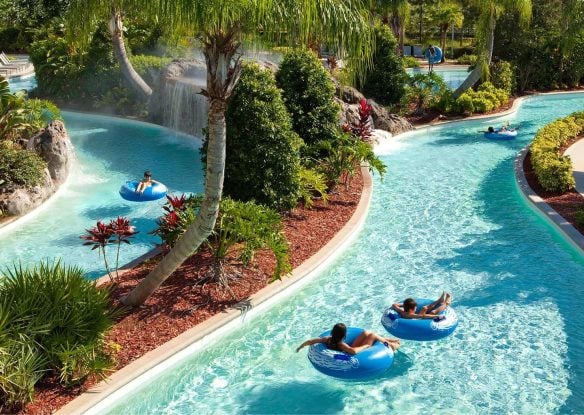Spain is home to many exciting, modern cities with lots of things to see and do, but the country’s most picturesque villages offer a glimpse back in time along with a slower pace where Old Spain lives and breathes.

Cudillero, Asturias
This colorful fishing village on the Costa Verde coast in North-Western Spain is relatively unspoiled and retains a real local flavor. Its homes painted in a myriad of different colors climb uphill above the sea and cobbled plaza, stretching out in a semi-circle around the bay. By climbing to the top of the village, you can take in some amazing views while enjoying the opportunity to admire the beautiful houses. Cudillero also has lots of bars, cafes and seafood eateries, many of them around the plaza near the port. Being on the Costa Verde, or “green coast,” the area also features beautiful sandy beaches and dramatic cliffs located near rolling grassy hills and forests of pine and eucalyptus.

Albarracin, Teruel
One of the most charming villages in Europe is the capital of the mountainous Sierra de Albarracin Comarca in the province of Teruel. Albarracin is renowned for its wooden houses, decorated with pink plaster reminiscent of what you might find in Southern Italy, and sits at 3,878 feet above sea level, unspoiled by modernization. Its medieval architecture and narrow streets are being considered as a World Heritage site by UNESCO, and some have even claimed that it is the most beautiful village in all of Spain. As it was built on top of a mountain, the mesmerizing Guadalaviar River circles it below like a moat, while a walkway designed with wooden bridges makes it a relatively easy journey.

Setenil de las Bodegas, Cadiz
In the town of Setenil de las Bodegas, the roughly 3,000 residents are living quite literally, under a rock. That’s because its dwellings were built into rock overhangs above the Rio Trejo, creating an especially unique setting along the narrow river gorge. The village extends along the course of the river with some houses being built into the rock walls of the gorge itself, created by enlarging natural caves or overhangs and adding an external wall. People chose to settle here because the natural caves turned out to be ideal living quarters. Instead of building entire houses to keep the cold out in the winter and the heat minimized in the summer, all they had to do was build a façade.

Pampaneira, Grenada
Pampaneira, one of the small, whitewashed mountain villages in the Spanish Sierra Nevada that are part of the Poqueira gorge, are famous for their white chimneys and charming cobblestone streets as well as fantastic regional cuisine. It hugs the steep slopes of a lush river gorge, where away from the main roads, old men in berets and women clad in black watch the world go by, while donkeys walk along otherwise deserted main streets, flowers cascade from window boxes and people greet each other, friend or stranger.
The small village with a population of just around 300, centers on its pretty square dominated by a 16th-century Mudéjar church, the Iglesia de Santa Cruz, with a wooden coffered ceiling and a couple of gilded altarpieces dating from the 17th and 18th centuries. This area also offers a wealth of activities, including guided walks, horse riding treks, four-wheel-drive excursions, rock climbing and mountain bike tours.
Just outside the village is a Tibetan Buddhist monastery, Osel Ling. From its stupa are stunning views of the Sierra Nevada and the coast.

Besalu, Girona
Besalu is located in the province of Girona and was designated a historical national property in 1966. Its main draw is a 12th-century Romanesque bridge that sits over the Fluvia River and features a gateway at its midpoint. The village itself dates back to the 11th century, and today, lives in a quirky balance of new and old, treasuring its turbulent history. Its church of Sant Pere was consecrated in 1003, while the bridge and its areas of the Jewish quarter have all been restored, making it literally a walking museum. The town also features arcaded streets and squares as well as the remains of a medieval synagogue, located in the lower town near the river. The tourism office can set up a guided walking tour highlighting the main points of historical interest in the village which generally includes the Jewish ritual bath, the church of Sant Pere and the Jewish quarter.

Puebla de Sanabria, Zamora
This charming little town that sits high on a bend protected by the confluence of the rivers Tera and Castro in the North-Eastern province of Zamora is a maze of medieval alleys built around a 15th-century castle. Walking the tranquil cobblestone streets, you may feel as if you’ve traveled centuries back in time. Near the castle is the 12th-century parish church, Nuestra Senora del Azogue, and inside it contains a 13th-century font with beautifully carved figures on the front. The village has a beautiful historic quarter as well as a gorgeous natural setting, located near the Lake Sanabria Nature Park which hosts the biggest glacial lake in Spain.

Casares, Malaga
This picture-postcard village is a favorite with many travelers. While most of Spain’s white villages are beautiful, there is something almost magical about Casares that makes people want to stop and stare when it comes into view. When driving from the coast road, you’ll turn a bend and suddenly be treated to a stunning view of the village and its medieval fortress on the top. Once there, you’ll find a number of things to do, including climbing up Puerta Calle Arabal to the castle and ruined church as well as taking one of the several signed walks just outside of the village. Plaza de Espana is one of those picturesque squares that has managed to keep the authentic Spanish spirit alive and also hosts the Ethnographic Museum where you can view objects that date all the way back to the Roman era. It’s hard to believe that this enchanting village is only nine miles from the hustle and bustle of the Costa del Sol coast.

Santillana del Mar
This medieval gem is a perfectly preserved historical town. Its bright cobbled streets and tanned stone and brick buildings sit among centuries of history, looking as if it must be a film set. But people still live here and have been passing their beautiful homes down from generation to generation. Thanks to strict town planning rules that were first introduced back in 1575, only residents or guests in hotels with garages may bring vehicles into the old heart of town. Other visitors can drive to unload their luggage but must return the vehicle to the car park at the town entrance. The area around Santillana del Mar has been populated for thousands of years and there are traces of some of the earliest inhabitants at the Altamira Caves just outside of town. Its highlight is the Colegiata de Santa Juliana – a lovely medieval church with a walled cloister that can be found in the heart of the town.

Cadaques
Located in Cap de Creus National Park, this coastal whitewashed village sits on a bay in the middle of the Cap de Creus peninsula and is protected and hidden from the rest of Alt Emporda, with the Mediterranean Sea on one side and the Peni Mountain on the other. Cadaques is most famous for being the primary residence for the late surrealist painter Salvador Dali who visited often during his childhood and later kept a home in Port Lligat, a small village on the bay next to the town, which serves as a museum today. Cadaques has also been the home of many other important artists like Pablo Picasso, Federico García Lorca, Luis Buñuel, Marcel Duchamp, Josep Pla and Magritte who were all enchanted by it and unable to resist its allure. Visit the Cadaques Museum to delve into its history.

Morella, Castellon
Surrounded by walls and featuring a castle at the center, atop an elevated plateau that overlooks it, Morella is an ancient town where locals make traditional sweets called flaons and mantecadas. There are few walled towns around the world that can match its magnificence. This fascinating, serene place begs to be explored – inside its walls, you’ll discover a labyrinth of streets, lined by charming homes with their characteristic hanging balconies and beautiful buildings in a multitude of styles, ranging from Romanesque to Gothic. In addition to its jaw-dropping architecture, discover extraordinary culinary treasures sold in the shops, including truffles, also known as “black diamonds,” as well as its famous goat and sheep’s milk cheeses and countless varieties of local honey, from orange blossom-scents to thyme and rosemary.

Castellfollit de la Roca, Girona
One of the smallest towns in the Catalonia region is home to just 1,000 inhabitants in an area of less than a square kilometer. The sight of its church and houses that sit high on the edge of a spectacular basalt precipice has become one of the most painted and photographed images in the area, and it also serves as a striking natural viewpoint overlooking the valleys of the two rivers. The oldest part of the village is comprised of narrow streets, corners and squares, and can be traced back to the Middle Ages. The houses in the old part of the village are predominantly made from volcanic rocks.

Sallent de Gállego, Huesca
This town in the central Pyrenees next to the reservoir of Lanuza at the foot of some of the highest peaks in the range sits among a gorgeous natural setting and features a beautiful 16th-century Gothic church as well as a picturesque bridge and square with a triple Romanesque arch. It also has an interesting city center with plenty of hotels and a variety of services as well as being a departure point for numerous excursions like Anayet Lake and Picos del Infierno (Hell’s peaks). The Formigal ski resort is located in Sallent de Gallego and is a popular destination for winter sports lovers.

Alquezar, Huesca
This pretty Moorish village has a rich cultural heritage as well as spectacular natural surroundings, located in the foothills of the Pyrenees within the Sierra y Canones de Guara Nature Reserve. It attracts many thrill-seekers and extreme sports enthusiasts due to its proximity to the Descenso de Barrancos Canyon, an ideal spot for hiking, horse riding, mountain biking and canyoning. Other highlights include its castle and the Santa Maria la Mayor collegiate church, the most visited monument in the region. Alquezar has narrow, arcaded lanes that wind uphill to the Moorish citadel which sits on a rocky outcrop with views overlooking the village below. Entering its Gothic gate and ambling through the lovely streets is like stepping back in time.

Ronda, Malaga
Ronda is one of Spain’s most beautiful, and oldest cities with prehistoric origins. And while it certainly couldn’t be considered a small village with a population of about 35,000, there is no argument when it comes to its stunning beauty. Surrounded by lush river valleys and sitting above a deep ravine, it is a place that literally takes your breath away when it first comes into view. Throughout the city are remains of prehistoric settlements dating to the Neolithic Age, including the rock paintings of Cueva de la Pileta. Ronda is the home of modern-day bullfighting, with its famous Maestranza bullring one of the oldest and most picturesque in Spain, while its 13th-century Arabic baths, located in the old Arab quarter, are considered the best preserved in the entire country. The large cauldron used to heat the water is still visible and in good condition. The star-shaped vents in the roof were modeled after the ceiling of the more famous bathhouse at the Alhambra in Granada. Other attractions include the Puente Nuevo, or new bridge, which was actually completed in 1793 and took 42 years to build, joining the old Moorish town and the newer, El Mercadillo parts of the city, as well as the church Santa Maria and the La Sangre de Ronda wineries.

Ainsa, Huesca
Ainsa, the birthplace of the Kingdom of Aragon, sits at the edge of Ordesa National Park with the breathtaking Pyrenees Mountains as its backdrop. The lovely cobbled square, constructed in the 12th century, and the belfry tower of the Romanesque Iglesia de Santa Maria adds to its charms – climb the belfry and you can take in lovely views over the village. The slender tower of the church stands out, along with the vast premises of the 11th-century castle, nearly as big as the rest of the village. In the 19th and 20th century, Ainsa’s historic center was largely abandoned with the town moving to the lower area around the base of the hill, which is part of the reason the medieval village at the top remains so unspoiled.

Arcos de la Frontera, Cadiz
One of the most dramatically positioned white villages in Andalucia, Arcos de la Frontera balances atop a rocky limestone ridge, with its whitewashed houses and stone castle walls abruptly coming to a halt as a sheer cliff face plunges down to the valley of the river Guadalete below. The picturesque village is filled with little reminders of its Arab inheritance, with its old town declared a Property of Cultural Interest. Towers, churches and numerous impressive points for viewing the river are just some of its nearly endless attractions. The old town is a tangled labyrinth of cobbled streets that lead to a sandstone castle, the Castillo de los Arcos, which started out as a Moorish castle in the 11th century and was then captured by the Christians in the 13th century when much of it was rebuilt.

Betanzos, La Coruna
Once a thriving estuary port, Betanzos has a well-preserved medieval Old Town and is famed for its welcoming taverns with local wines and outstanding cuisine. Located in a fertile valley near the Atlantic, its other notable highlights include the Igrexa de San Francisco, a church erected in 1387 by order of count Fernan Perez de Andrade, whose tomb can be seen inside, as well as the 15th-century Igrexa de Santiago, built by the guild of tailors with a main portal decorated with a horseback statue of Saint James. The town also has a 16th-century clock tower, several palaces and walls that preserve three of its four original gates.

Ciudad Rodrigo, Salamanca
This famous fortified town situated in the west of the province of Salamanca sits on the banks of the river Agueda, dominating the fertile meadowland. Its walls enclose a rich heritage of civic and religious buildings, the most important of which is its cathedral and castle. The imposing medieval wall is its main defining feature, constructed in the 12th century, though alterations were subsequently carried out some 600 years later. The walled enclosure has a perimeter of nearly two miles and seven gates, the oldest of which are the Puerta del Sol and the Puerta de Santiago. The Puerta de la Colada leads to the promontory on which the Castle of Henry II was erected in 1372.

San Vicente de la Barquera, Cantabria
San Vicente de la Barquera is an old fisherman’s refuge known as one of the prettiest sights on the Cantabrian coast with its picturesque beaches, old village and a gorgeous backdrop of snow-capped mountains. It hosts a number of interesting structures, including the Santa Maria de Los Angeles, built between the 13th and 16th centuries, as well as the castle and wall remains. The village is also known for its bridges, like the Maza Bridge with 28 arches, constructed in the 16th century. Foodies will also appreciate the outstanding gastronomy that includes fabulous seafood, often used in dishes like the Barquera hotpot, a stew made with potatoes and tuna.

